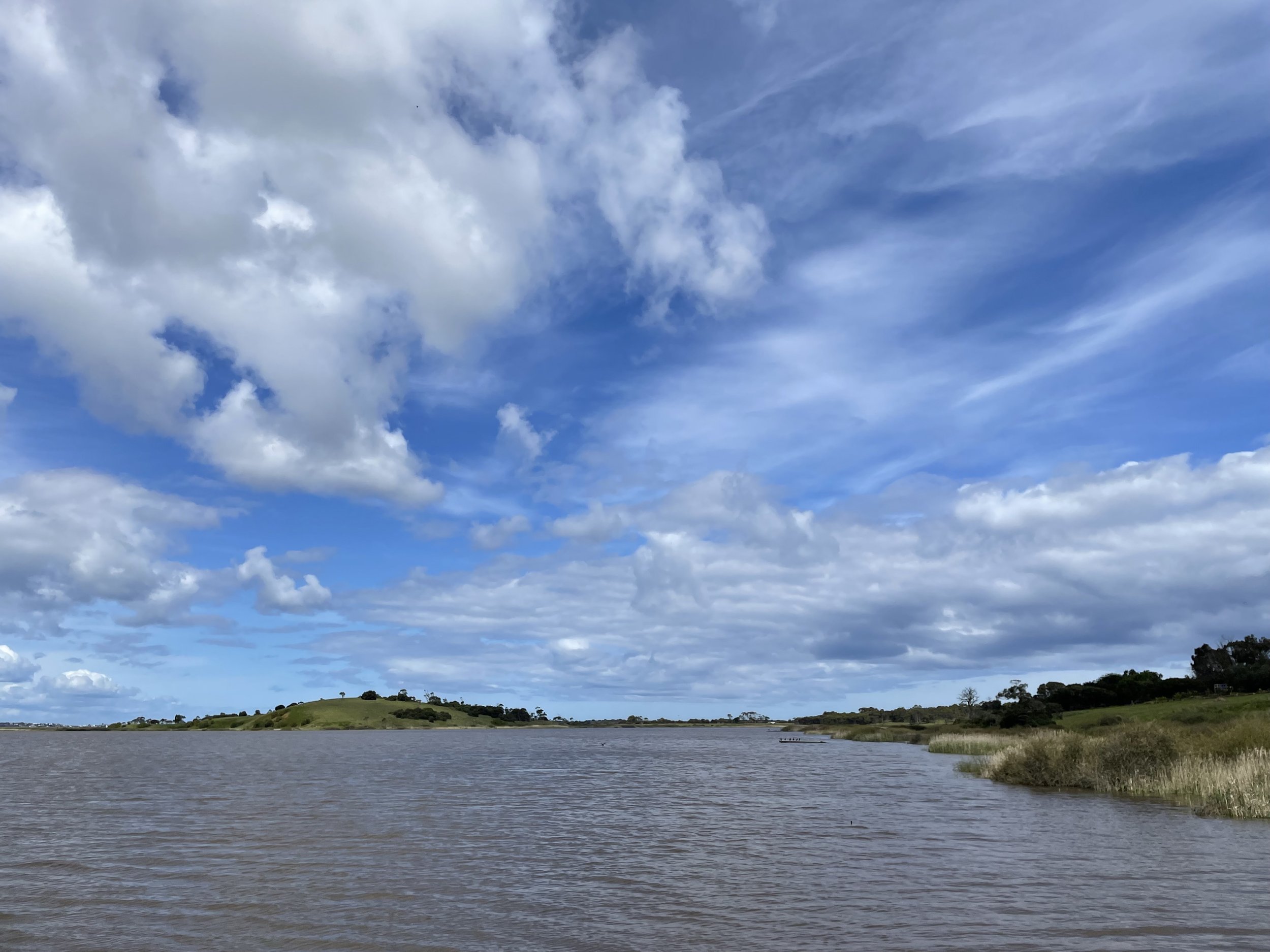How has the recent flooding affected your KBA?
With all this water around, things have got to be different. Flooding is a natural phenomenon and while the recent floods and consecutive years of La Niña have brought devastation to communities, some areas of Australia previously affected by drought have welcomed the rain. In areas that have had high salinity for years (places like the Coorong Wetlands KBA), the water is set to bring new life to waterways. The movement of water will push larvae and seeds downstream in rivers and creeks, creating a flow-on of resources for the biodiversity food-chain, such as waterbirds that rely on invertebrates in wetland systems.
Bellarine Wetlands
Bellarine Wetlands
In Victoria, at the Bellarine Wetlands KBA, between Geelong and Barwon Heads, the site is currently flooded from recent rain. The KBA supports Australasian Bittern, Orange-bellied Parrots, Chestnut Teal, and migratory shorebirds such as Red-necked Stint and Sharp-tailed Sandpiper. During floods with so much water around, birds move in response to the abundance of food resources, and some may look for a partner for nesting. Flooding events can trigger breeding for many species; people are often familiar with the spectacle of hundreds, if not thousands, of pelicans nesting in colonies in remote inland Australia. In places where this can happen, like Kati Thanda-Lake Eyre (Lake Eyre KBA), the rain from La Niña has been filling the basin over many months of this year. Flooding in the Australian outback occurs in a boom-and-bust style, sometimes without flood for decades at a time. But when this happens, there is a burst of life and during these times, we can learn about how populations of animals are doing by going out and monitoring birds and other wildlife.
These flooding events are likely to continue over the summer months, particularly in south-east Australia. This gives us, as guardians and birdwatchers, the chance to monitor the responses of biodiversity to ecosystem changes. If you can get out to a KBA, please do a Birdata survey and contribute to the health of Australia’s most important places for biodiversity.











